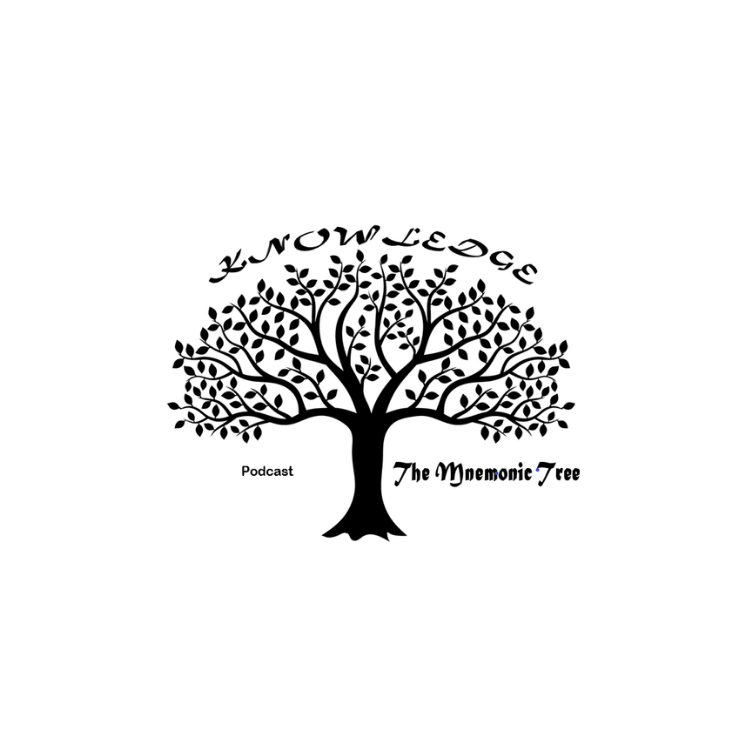Ep.26: Colours of the Rainbow
Intro
Hello and Welcome to this episode of the podcast, "The Mnemonic Tree", where we add a single mnemonic leaf to our Tree of Knowledge.
Today's episode will be on the colours of the rainbow, and the mnemonic we will use is very well known, and will list them in order.
Rainbows are the most colourful part of our weather that result when sunlight is refracted, and reflected inside water droplets in the atmosphere.
So, with no further ado, we will begin with a summary from Wikipedia.
https://commons.wikimedia.org/wiki/File:%D0%A0%D0%B0%D0%B4%D1%83%D0%B3%D0%B0_%D0%BD%D0%B0%D0%B4_%D0%B2%D1%83%D0%BB%D0%BA%D0%B0%D0%BD%D0%B8%D1%87%D0%B5%D1%81%D0%BA%D0%B8%D0%BC%D0%B8_%D0%BA%D0%BE%D0%BD%D1%83%D1%81%D0%B0%D0%BC%D0%B8.jpg
Wikipedia Summary
A rainbow is an optical phenomenon that can occur under certain meteorological conditions. It is caused by refraction, internal reflection and dispersion of light in water droplets resulting in a continuous spectrum of light appearing in the sky.[1] The rainbow takes the form of a multicoloured circular arc.[2] Rainbows caused by sunlight always appear in the section of sky directly opposite the Sun.
Rainbows can be full circles. However, the observer normally sees only an arc formed by illuminated droplets above the ground,[3] and centered on a line from the Sun to the observer's eye.
In a primary rainbow, the arc shows red on the outer part and violet on the inner side. This rainbow is caused by light being refracted when entering a droplet of water, then reflected inside on the back of the droplet and refracted again when leaving it.
In a double rainbow, a second arc is seen outside the primary arc, and has the order of its colours reversed, with red on the inner side of the arc. This is caused by the light being reflected twice on the inside of the droplet before leaving it.
A rainbow is not located at a specific distance from the observer, but comes from an optical illusion caused by any water droplets viewed from a certain angle relative to a light source. Thus, a rainbow is not an object and cannot be physically approached. Indeed, it is impossible for an observer to see a rainbow from water droplets at any angle other than the customary one of 42 degrees from the direction opposite the light source. Even if an observer sees another observer who seems "under" or "at the end of" a rainbow, the second observer may see a different rainbow—farther off—at the same angle as seen by the first observer, or even none at all.
Rainbows span a continuous spectrum of colours. Any distinct bands perceived are an artefact of human colour vision, and no banding of any type is seen in a black-and-white photo of a rainbow, only a smooth gradation of intensity to a maximum, then fading towards the other side. For colours seen by the human eye, the most commonly cited and remembered sequence is Isaac Newton's sevenfold red, orange, yellow, green, blue, indigo and violet,[4][a] remembered by the mnemonic Richard Of York Gave Battle In Vain, or as the name of a fictional person (Roy G. Biv). The initialism is sometimes referred to in reverse order, as VIBGYOR. More modernly, the rainbow is often divided into red, orange, yellow, green, cyan, blue and violet.[6]
Rainbows can be caused by many forms of airborne water. These include not only rain, but also mist, spray, and airborne dew.
Extracted from: [https://en.wikipedia.org/wiki/Bear]
Mnemonic
Colours of the Rainbow Mnemonic – ROYGBIV
(Picture and say: Richard of York Gave Battle in Vain)
1. Red
2. Orange
3. Yellow
4. Green
5. Blue
6. Indigo
7. Violet
Five Fun Facts
1. While on the ground you can only observe a rainbow in a semi-circular, bow shape. But from the sky, you can see a circular rainbow if the conditions are right.
2. A double rainbow appears when light is reflected twice in a raindrop.
3. The Greeks and the Romans believed rainbows to be a path from the gods. In essence a bridge between heaven and earth.
4. Earth is the only planet in our solar system to have rainbows.
5. The longest – observed rainbow lasted for nearly nine hours, and that was in Taipei, Taiwan. Now apparently, a female student pilot flew through that rainbow and subsequently passed her test with flying colours!
Three Question Quiz
Q.1. You are more likely to see a rainbow in Winter? True or False?
Q.2. A rainbow arch is approximately how many degrees? 34 degrees, 42 degrees, or 55 degrees
Q.3. When the sun is lower, will the rainbow be higher or lower in the sky?
Mnemonic Recap
Colours of the Rainbow Mnemonic – ROYGBIV
(Picture and say: Richard of York Gave Battle in Vain)
8. Red
9. Orange
10. Yellow
11. Green
12. Blue
13. Indigo
14. Violet
Three Question Quiz Answers
Q.1. You are more likely to see a rainbow in Winter? True or False?
A. False, because of the snow. For a rainbow, the light needs to pass through raindrops, and is unable to pass through snowflakes
Q.2. A rainbow arch is approximately how many degrees? 34 degrees, 42 degrees, or 55 degrees
A. 42 degrees
Q.3. When the sun is lower, will the rainbow be higher or lower in the sky?
A. Higher in the sky
Word of the Week
burgeon
[ bur-juhn ]
verb (used without object)
to grow or develop quickly; flourish.
Example
For a rainbow to burgeon, you need water droplets.
Extracted from: [https://www.dictionary.com/]
Website: https://www.themnemonictreepodcast.com/
Apple Podcasts: https://podcasts.apple.com/au/podcast/the-mnemonic-tree-podcast/id1591795132
Spotify: https://open.spotify.com/show/3T0LdIJ9PBQMXM3cdKd42Q?si=WQ1SnHo5QgOawX-mxS6yUA
References
https://en.wikipedia.org/wiki/Rainbow



